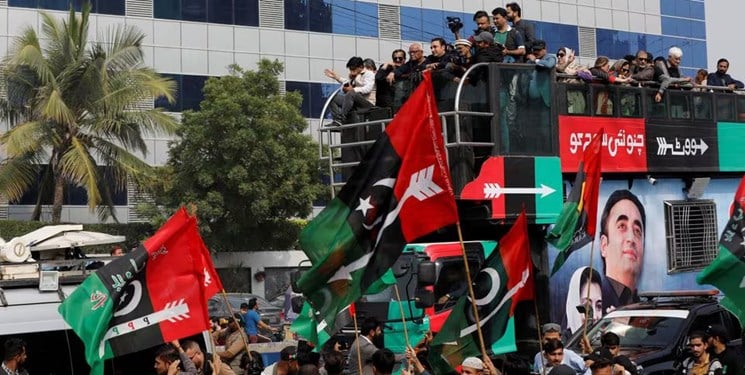Pakistan election Thursday; The holding process and future perspective.
On the eve of Pakistan’s decisive elections, Reuters investigated the functioning of the electoral system in this South Asian country and the challenges facing the future government of Islamabad.
Pakistanis will participate in national elections on Thursday 19th of Bahman, which will be widely observed. The result of this election is the formation of a new government to lead this South Asian country in the next five years, which currently has an interim government and is facing many challenges.
In a report, the Reuters news agency analyzed the functioning of the electoral system in Pakistan, the important points of which are mentioned below.
Pakistan is a parliamentary republic, and voting is held to determine seats in the federal legislature, called the National Assembly, as well as four provincial or state assemblies.
128 million Pakistanis out of the country’s 241 people are eligible to vote, all of whom are over 18 years old.
The voting booths are usually open from nine in the morning to five in the afternoon (7:30 am to 3:30 Tehran time), but the voting deadline may be extended in exceptional circumstances.
On election day, Pakistani voters cast their ballots for two assemblies, one federal and one provincial. Five thousand 121 candidates are competing for the federal assembly and 12 thousand 695 candidates at the state level.
The National Assembly consists of 336 seats, of which 266 seats are determined by direct vote on the day of voting, and 70 reserved seats, 60 seats for women and 10 seats for non-Muslims are allocated based on the strength of each party in the parliament.
The winning candidates become members of the National Assembly; Independent candidates can join any party after the election.
After the formation of the new parliament, the National Assembly holds a parliamentary vote to elect the speaker of the parliament, who will be elected as the prime minister.
A successful candidate must have the support of the majority in the parliament, i.e. the support of 169 representatives.
When a prime ministerial candidate wins a vote in the National Assembly, he is sworn in as prime minister and forms his cabinet of ministers, who will form the federal government.
The same process is followed at the provincial level to elect the chief minister and the provincial government.
According to Reuters analysis, the new government of Pakistan is facing some basic challenges as soon as it takes office, some of which are mentioned below.

